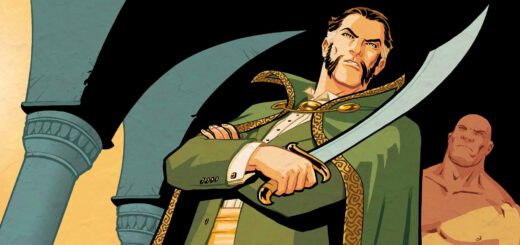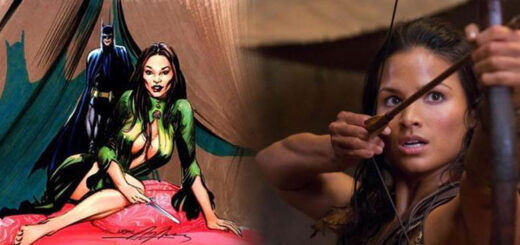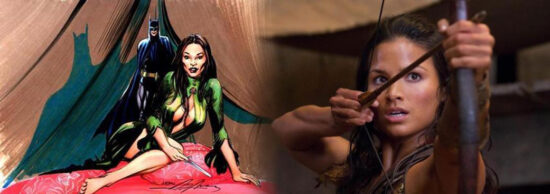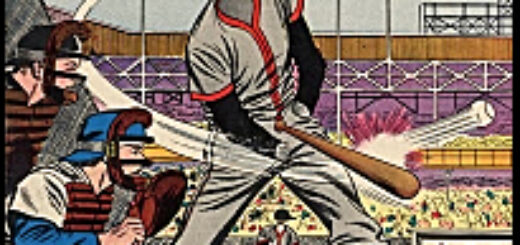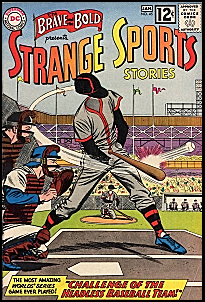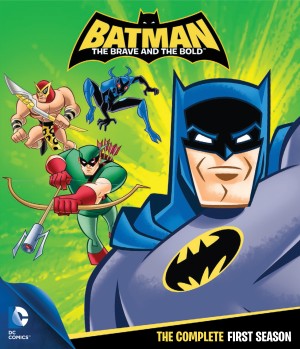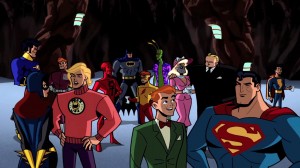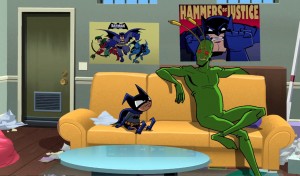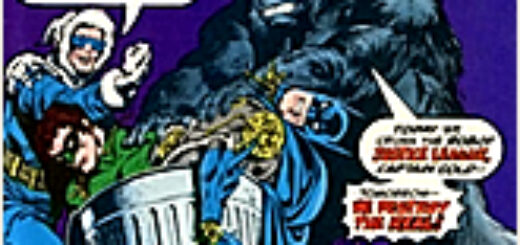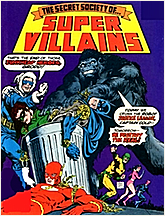Dennis O’Neil: Marvel, DC, and Higgs
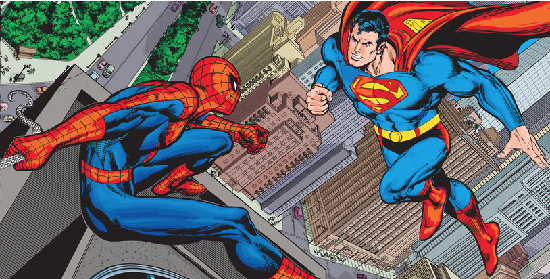 Okay now, try to stay with me because we’re going pretty deep…
Okay now, try to stay with me because we’re going pretty deep…
Those of you who were among the Faithful last week remember that we touched, very, very lightly, on a feature that the great comic book editor Julius Schwartz ran in a science fiction title published in the 50s. The comic book was titled Strange Adventures and Julie called the feature “Science Says You’re Wrong If You Believe That…” The format was: somewhere south of the ellipse was a brief, illustrated bit of information about some science-related topic. (Science Says You’re Wrong If You Believe That…I’m qualified to write about science?)
The point of the preceding paragraph was to establish bona fides. See, science belongs in this column because it’s been here before. Isn’t that logical? And easy?
Now we come to the crux of our elucidation: Have you noticed, any of you at all, that despite the elapse of more than a half century and a pretty steady exchange of creative personnel, and a colossal evolution of subject matter, narrative and visual techniques, printing technology, distribution means, business practices, societal respectability and maybe other stuff that I’m forgetting, that the Big Two comics publishers, Marvel and DC, have maintained distinct identities? There are Marvel comics and DC comics and, I might argue, if you caught me in a contentious mood, that True Fans can tell the difference even if there are no visual cues. (Such a cue might be the words Marvel Comics on the cover. Yeah, that might be all a real sharp tack might need.) Even if you don’t agree, pretend that you do while we forge ahead.
Said forging now suggests that I share with you a scrap of information from the essential Wikipedia,, available with a quick Google. “In theosophy and anthrosophy, the Akashic records…are a compendium of thoughts, events, and emotions believed by Theosophists to be encoded in a non-physical plane of existence known as the astral plane…
Okay, one more bit of info and then the payoff.
The bit: Physicists have confirmed the existence of what they call “the Higgs field,” which is an energy field that is everywhere in the universe. (It’s what gives particles mass, but never mind that.)
Now, as promised, the payoff, in the form of some questions: What if the Akashic records and the Higgs field are identical? And what if things like the establishment of editorial identities make an impression on the records/field that persisted forever? So wouldn’t whatever invokes those identities automatically take on the characteristics of the original, even if said characteristics are completely indetectable? Which certainly explains why Marvel Comics and DC Comics are still distinct from one another, doesn’t it?
Well, I’m glad we got that settled. Science might not agree – might say we’re wrong – but science says you’re wrong if you believe that we’ve got to believe science when we don’t agree with it. Or not.









